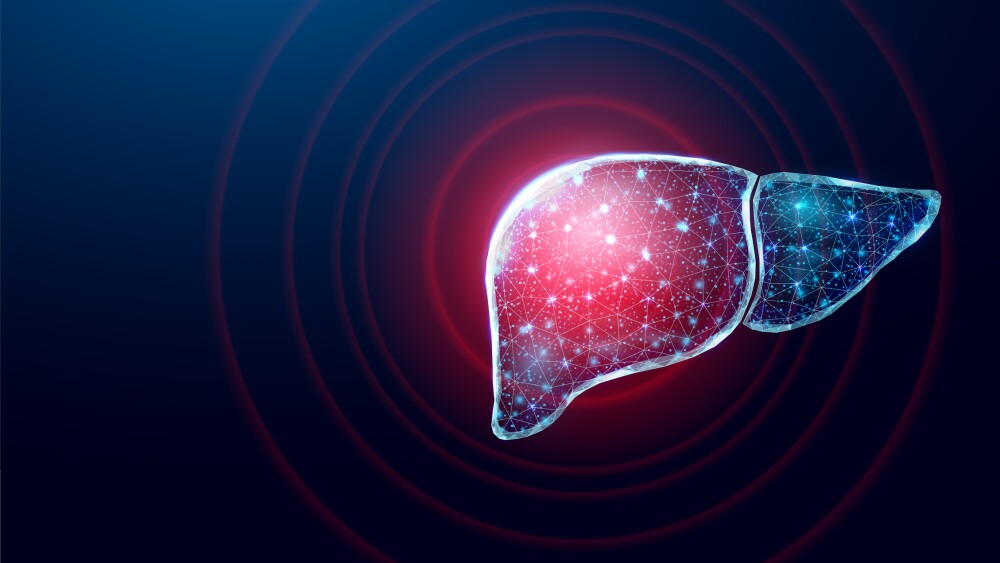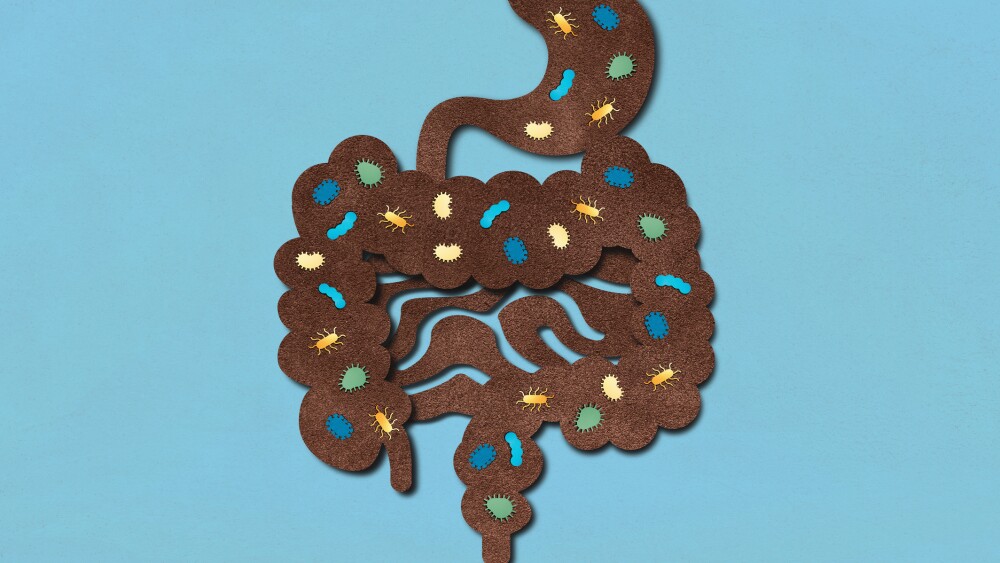Bryn Pharma, LLC announced today that three abstracts will be presented during the 2024 American Academy of Allergy, Asthma and Immunology (AAAAI).
| ~ Late-breaking presentation demonstrates that a repeat dose of NDS1C epinephrine nasal spray within five minutes safely increases epinephrine absorption by approximately 50 percent compared with a single dose ~ ~ Additionally, new pooled analyses will be presented showing an enhanced pharmacokinetic profile of NDS1C compared to epinephrine intramuscular autoinjector which does not compromise pharmacodynamic parameters such as heart rate and blood pressure ~ LEBANON, N.J., Feb. 22, 2024 /PRNewswire/ -- Bryn Pharma, LLC, a privately held pharmaceutical company dedicated to finding a novel and convenient way for patients and caregivers to treat anaphylaxis, announced today that three abstracts surrounding the pharmacokinetics (PK) and pharmacodynamic (PD) profile, and safety of repeat doses of 13.2 mg of its epinephrine nasal spray (ENS) – known as NDS1C – will be presented during the 2024 American Academy of Allergy, Asthma and Immunology (AAAAI). The meeting is being held February 23-26, 2024, in Washington, DC. “We are pleased that these new data from our clinical program continue to validate the therapeutic value of NDS1C, showing it not only offers enhanced absorption of active drug compared to currently available injectable products on the market, but also offers patients at risk of anaphylaxis a potentially safe and effective alternative to needle-based administration, even in scenarios where repeat dosing may be required,” said Sandy Loreaux, chief executive officer at Bryn Pharma. “Importantly, across the entirety of our clinical development program, there have been no serious or unexpected adverse events.” Healthy adults (n=36) in a Phase 1 open-label study received two doses of 13.2 mg NDS1C five minutes apart and a single dose of 13.2 mg NDS1C approximately 14 days later. Results showed an increase of epinephrine absorption of approximately 50 percent, with no notable effect on pharmacodynamics or safety compared with a single dose. “Unfortunately, there are instances where a single dose of epinephrine does not provide adequate relief and a second dose may be required to effectively treat more severe, progressive, or life-threatening anaphylaxis,” said Jay Lieberman, M.D., professor at the University of Tennessee Health Science Center and chair of the food allergy committee for the American College of Allergy, Asthma, and Immunology. “If a patient responds poorly to the initial dose or has ongoing or progressive symptoms despite initial dosing, repeated dosing should be done in five to 15 minutes. Therefore, it is encouraging to see that a needle-free alternate like NDS1C can provide patients and their caregivers with the same peace of mind as the autoinjector in repeat dosing situations.” Additionally, new pooled analyses will be presented showing an enhanced pharmacokinetic profile of NDS1C compared to epinephrine intramuscular autoinjector, and that NDS1C does not compromise pharmacodynamic parameters such as heart rate and blood pressure. Poster presentation details are below: Abstract Title (#035): Pharmacodynamic Profile of Epinephrine Nasal Spray Versus Intramuscular Epinephrine Autoinjector in Healthy Adults Abstract Title (#036): Pharmacokinetic Profile of Epinephrine Nasal Spray Versus Intramuscular Epinephrine Autoinjector in Healthy Adults Abstract Title (#L48): Pharmacokinetics and Safety of Repeat Dosing with Epinephrine Nasal Spray in Healthy Adults About NDS1C About Bryn Pharma Media Contact: SOURCE Bryn Pharma |




